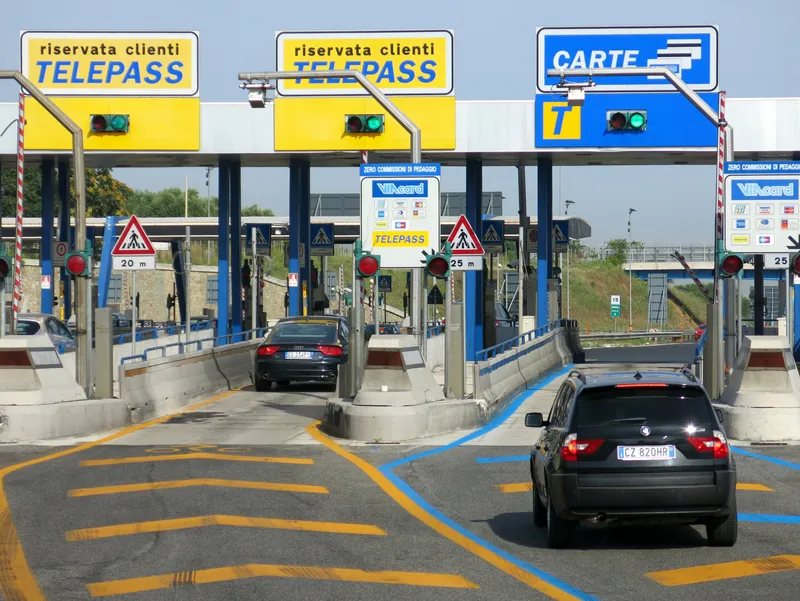
Semiconductor specialist Qualcomm Technologies is to supply system-on-chips (SoCs) for assisted and automated driving in Volkswagen cars.
Volkswagen Group's software company, Cariad, chose Qualcomm to supply the chips for its software platform designed to enable functions up to Level 4.
The SoCs from Qualcomm's open and programmable Snapdragon Ride Platform portfolio are expected to be in use in VW vehicles "from the middle of the decade".
"The connected and automated car of the future is a high-performance computer on wheels," says Cariad CEO Dirk Hilgenberg.
"Behind it lies enormously complex computing power. With our automated driving solutions, we are striving to let customers take their hands off the steering wheel in the future. Our software and Qualcomm Technologies' high-performance SoCs are the perfect match to bring this new automotive experience to customers around the world."
Nakul Duggal, GM, automotive at Qualcomm, says: "As the amount of innovation and complexities increase, strong collaborations such as ours with Cariad are a necessity to not only address aggressive time-to-market goals, but to deliver safe and reliable automated driving experiences for all.”










